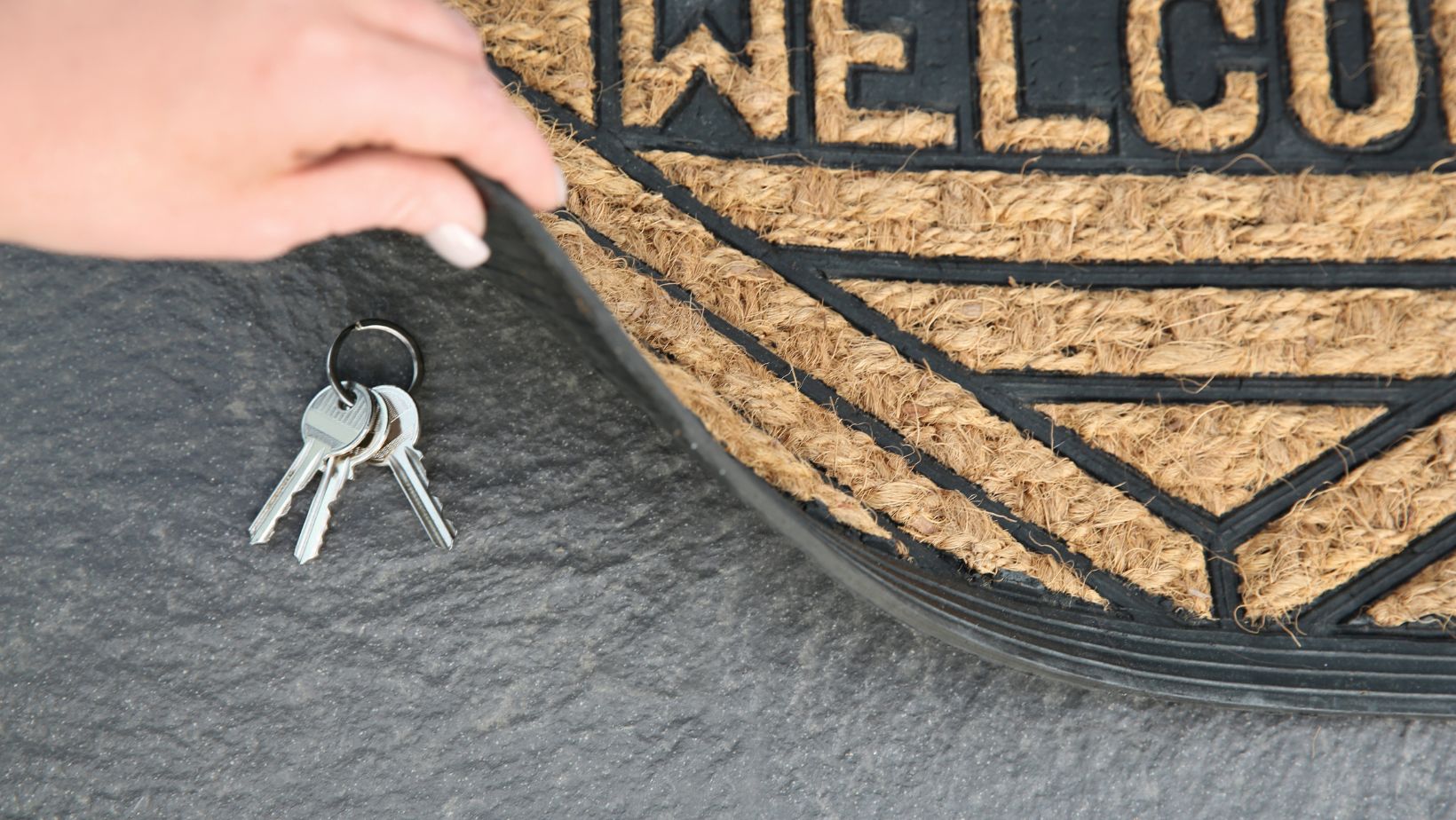Access mats, often called ground protection mats, are essential in the construction industry. These sturdy platforms serve as temporary roads, walkways, and work surfaces, facilitating smooth operations in challenging terrain. But how exactly do these mats work their magic? Delve into their functionality to unveil the secrets behind their effectiveness.
Material Composition
Construction mats are typically crafted from durable materials such as hardwood, composite, or high-density polyethylene (HDPE). These materials offer robustness and resilience against heavy machinery, harsh weather conditions, and repeated use. Their composition ensures stability and support, enabling them to distribute weight evenly and prevent sinking or displacement, even on soft or uneven ground.
Weight Distribution
This weight distribution mechanism protects the immediate construction site and mitigates potential environmental damage. Access mats help maintain soil structure and fertility, supporting ecosystem health and biodiversity by minimizing soil compaction, rutting, and erosion. Reserving ground integrity prevents costly repairs and remediation efforts, saving time and resources. In sensitive environments such as wetlands or protected habitats, this proactive approach to ground protection is crucial for minimizing ecological disturbances and preserving natural landscapes. Thus, the effectiveness of these mats in distributing weight extends beyond operational considerations to encompass broader environmental stewardship and sustainability objectives within the construction industry.
Surface Protection
Construction mats protect against accidental damage to underground utilities, such as pipes, cables, or infrastructure. By creating a solid, stable surface, they reduce the risk of accidental punctures or disruptions, ensuring the integrity and functionality of essential services. This protective barrier preserves the environment and safeguards vital resources and infrastructure from costly repairs or downtime. These mats can mitigate the spread of pollutants or debris by containing construction activities within designated areas, preventing contamination of water sources or nearby ecosystems. Their role in minimizing environmental impact extends beyond surface protection, making them indispensable tools for sustainable construction practices.
Enhanced Traction
Construction sites often entail navigating through rough terrain, mud, or slippery surfaces, posing safety hazards for workers and equipment. These mats feature specialized surface patterns or textures that enhance traction and grip, reducing the risk of slips, trips, and vehicle accidents. This improved traction ensures stability and maneuverability, even in adverse conditions, enhancing overall safety and productivity on the job site.
Versatility and Customization
Another aspect of these mats’ functionality is their versatility and customization options. These mats come in various sizes, shapes, and configurations to suit different project requirements.

Whether creating temporary roads, access paths, or work platforms, these mats can be tailored to fit specific dimensions and site conditions. This adaptability allows contractors to optimize their use and efficiency, regardless of the terrain or environment.
Environmental Considerations
While these mats offer numerous benefits, their usage also raises environmental considerations. Selecting sustainable materials, implementing proper installation and removal procedures, and minimizing ecological disruption are essential for mitigating environmental impact. Additionally, recycling or repurposing mats after use can reduce waste and promote eco-friendly practices within the construction industry.
Construction Ground Protection Mats for Sale
Many access mats are available for sale for those seeking reliable ground protection solutions. These mats come in various materials, sizes, and configurations to meet diverse project needs. Investing in quality access mats ensures durability, performance, and cost-effectiveness for short-term projects or long-term use. By safeguarding the ground, enhancing safety, and improving operational efficiency, these mats are invaluable assets for construction professionals worldwide.
Construction Ground Protection Mats for Sale: Quality Assurance
When considering construction ground protection mats for sale, quality assurance is paramount. Opting for reputable suppliers ensures that the mats meet industry durability, strength, and performance standards.

Conducting thorough inspections and requesting product certifications can assure their quality and reliability. Investing in high-quality mats minimizes the risk of malfunctions, accidents, and project delays, offering peace of mind to contractors and project managers alike.
Construction Ground Protection Mats for Sale: Cost-Effective Solutions
While quality is essential, cost-effectiveness is also crucial when purchasing these mats. Assessing the overall value, including durability, longevity, and maintenance requirements, helps determine the most cost-effective option for the project. Additionally, exploring rental or leasing options may provide flexibility and cost savings for short-term or intermittent use. By evaluating upfront costs and long-term benefits, contractors can make informed decisions that optimize budget allocation without compromising quality or performance.
Construction mats are indispensable tools in the construction industry, offering stability, protection, and versatility in challenging environments. Their ability to distribute weight, provide surface protection, enhance traction, and adapt to different conditions makes them essential for smooth and efficient job site operations. By understanding the mechanisms behind their functionality and adopting responsible practices, construction professionals can harness the full potential of these remarkable mats while minimizing environmental impact.


